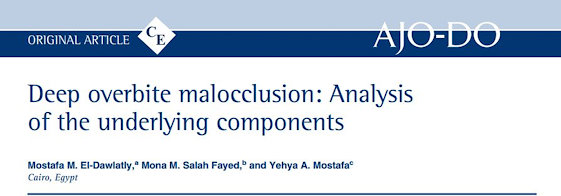🚀 Arch Coordination And Arch Symmetry: Avoid These Critical Mistakes!
🚀 Arch Coordination And Arch Symmetry: Avoid These Critical Mistakes! Ever finished an aligner case only to realize the arches don't match or look unnatural? Let's clarify two key concepts: 🔹 Arch Coordination = Upper/lower arch harmony (interarch) 🔹 Arch Symmetry = Ideal U-shaped form (intraarch) Now let's break down the top mistakes—and how to fix them! ❌ Top Blunders Arch Coordination Fails: -Torque Mismatch – When upper/lower posteriors don't align, causing occlusal interference -CR Discrepancy – Arches that only fit in MIP but not centric relation Arch Symmetry Fails: -Forced "Perfect" U-Shape – Overriding natural anatomy leads to unstable results -Posterior Over-Expansion – Blowing out molars without anterior support creates "floating" buccal segments 💡 Pro Tips ( SoftSmile 's VISION™ Software solves both!) ✔ True Coordination Check – Test upper/lower arch fit in dynamic occlusion and CR ✔ Anchored Expansion – Maintain anterior contro...



